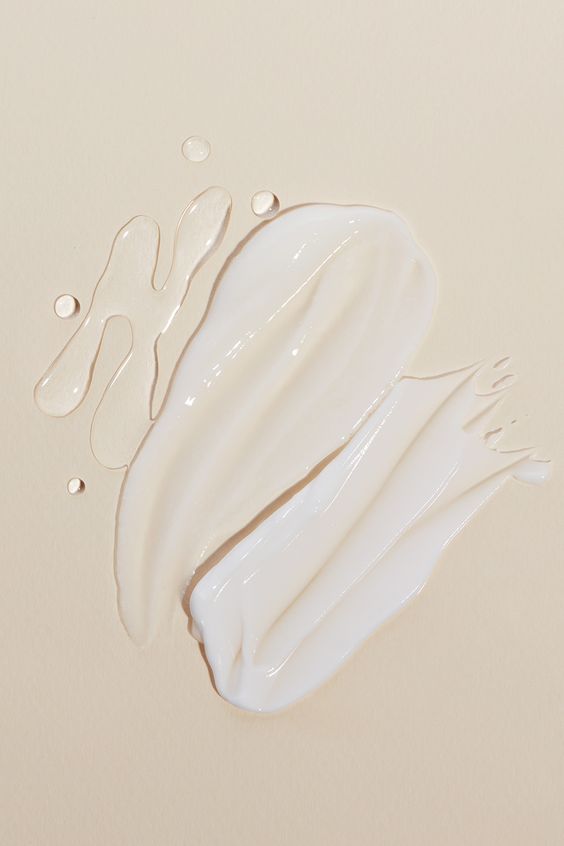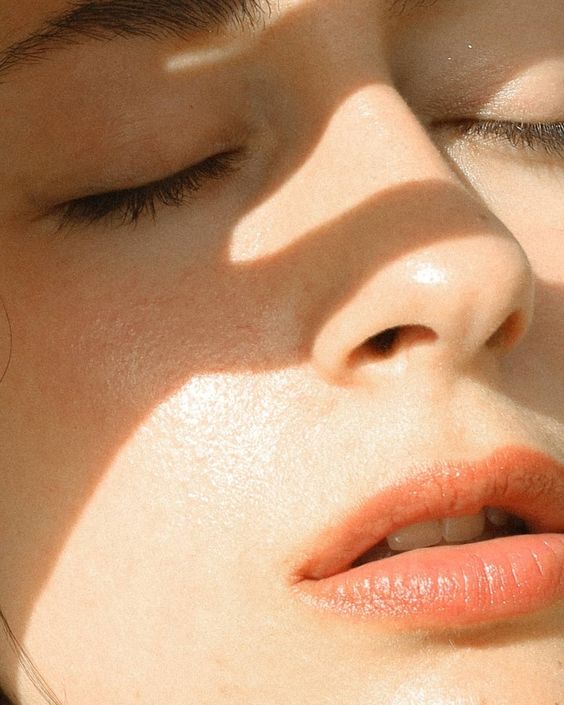
Are you a staunch believer in a daily yogurt to keep gastrointestinal issues at bay? You’ll be pleased to learn that the skin care industry is being revolutionized by the same microbe-friendly mindset. A number of independent skin care lines that focus solely on nourishing the skin microbiota have emerged in recent years. Enter prebiotic for face skincare, which quickly hit the hype among beauty enthusiasts during these past few months. But is it actually worth the hype—or is it just an empty marketing jargon?
Prebiotic Skincare is A Huge Supporter of Your Skin Microbiome
Let’s start with a refresher on your microbiome: It’s a “world” of diverse microbes that coexist with us in our bodies. Each part of your body has its own microbiome, which is made up largely of beneficial viruses, fungi, and bacteria.
Your skin’s microbiome regulates inflammation and acts as a barrier against pathogens, making it the largest organ in your body. Bacteria can aid in the promotion of skin health by preventing infections from becoming more serious. Chronic inflammation, stress, changes in the pH levels of the skin, and your diet, among other things, can cause a microbial imbalance. Infections or skin diseases such as acne, eczema, and rosacea can occur when the ecology becomes unbalanced.
This is when microbiome skin care enters the picture. According to new research, skincare products containing prebiotics can help restore the balance of healthy microbes. A healthy microbiota can help prevent eczema, acne, dry skin, wrinkles, and skin cancer caused by UV exposure.
You Will Also Love:
Maintaining Your Health And Happiness While On The Road
How Prebiotic Can Help Your Face

The skin can benefit from prebiotics. These are non-living compounds that help to maintain a healthy balance of both good and bad bacteria on your skin and throughout your body. Prebiotics are plant-based carbohydrates that serve as fuel for the growth of beneficial probiotic bacteria. They can’t be digested by humans, but when consumed or applied to the skin, they have the ability to transform or preserve the healthy microbiome found in the gut or on the skin.
The phrase “prebiotic ingredient” is used in the cosmetics industry to refer to compounds that benefit beneficial bacteria or are created by microorganisms. Several food ingredients, such as yogurt powder, alpha-glucan oligosaccharide, inulin, lactic acid, and lactobacillus ferment, are also cosmetic elements frequently connected with probiotic or prebiotic products, demonstrating that they are beneficial to both gut and skin microorganisms.
You Will Also Love:
Promote Responsible And Sustainable Travel
What is Prebiotic in Skincare
Prebiotics are non-digestible food additives that benefit the host by fostering particular gut flora. They were first coined in 1995. Prebiotics were found to be beneficial.
Then it was just referred to as “food for good microorganisms.” Resistant starch, pectin, beta-glucans, xylooligosaccharides (XOS) polymers such as fructans (fructooligosaccharides (FOS) and inulin), galactans (galactooligosaccharides (GOS)), and carbohydrates produced from fibre were among the first dietary prebiotics. Now, scientists have found how to stabilise these ingredients and incorporate it on skincare formulation. Therefore, they can help managing healthy microbiota balance on the skin as well.
Both probiotics and prebiotics can aid in the maintenance of a healthy complexion and the treatment of existing skin issues. Give them a shot by incorporating them into your daily skincare routine as well as your diet. Look for prebiotic ingredients like inulin in your skincare products. Prebiotic inulin not only moisturizes and smooths dry, sensitive skin, but also feeds your skin’s natural bacteria, ensuring that it is in perfect balance!
Now, would you try prebiotic-enriched skincare for the health of your skin?









